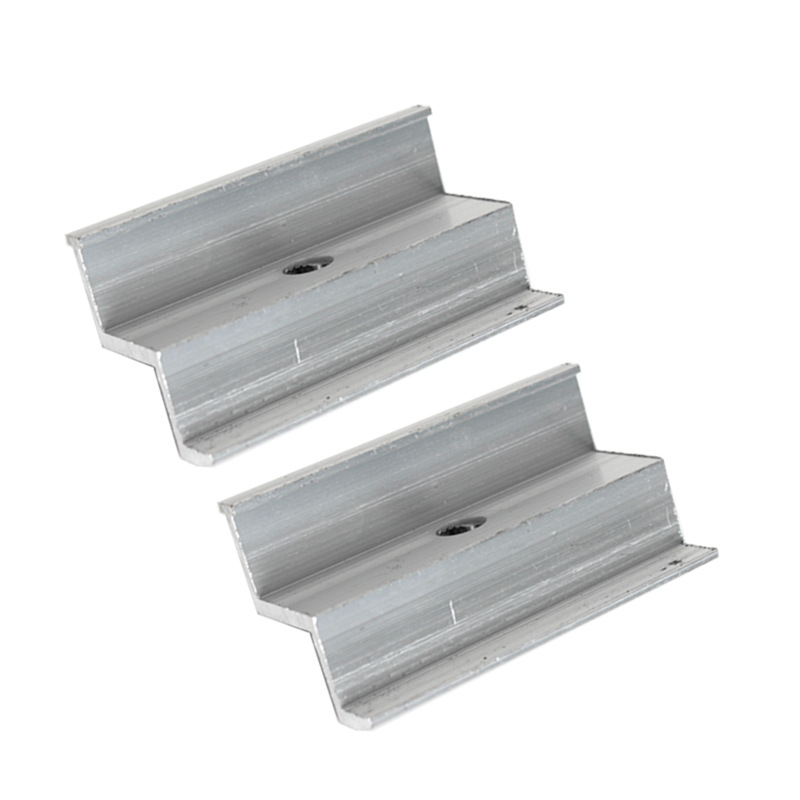

Swivel Flange Nut Design for Enhanced Mechanical Performance and Versatile Applications
Kas . 08, 2024 04:47 Back to list
Swivel Flange Nut Design for Enhanced Mechanical Performance and Versatile Applications
Understanding Swivel Flange Nuts Applications and Benefits
In the world of mechanical engineering and construction, the importance of reliable fastening systems cannot be overstated. One such fastening component that has gained significant attention for its unique design and functionality is the swivel flange nut. This versatile hardware piece plays a crucial role in various applications, from automotive engineering to large-scale construction projects. In this article, we will delve into what swivel flange nuts are, how they work, and where they are commonly used.
What is a Swivel Flange Nut?
A swivel flange nut is a specific type of nut characterized by its integrated flange, which provides a wider bearing surface. The unique feature of a swivel flange nut is its ability to rotate or swivel around the bolt to which it is attached. This design facilitates better alignment and easier installation, especially in situations where direct rotation of the nut is impeded by surrounding structures or components.
Typically made from durable materials such as steel, stainless steel, or brass, swivel flange nuts are engineered to withstand high levels of torque and stress. The flange acts as a form of a lock, preventing the nut from loosening during operation. Additionally, many swivel flange nuts come with a serrated edge or other locking features that enhance their grip, further ensuring stability in fastened assemblies.
Working Mechanism
The operation of a swivel flange nut is relatively straightforward. When installed on a bolt, the nut can swivel freely while remaining securely fastened to the bolt. This mobility allows for a high degree of flexibility in tight installation spaces or areas where alignment might be an issue. The flange provides a larger surface area, minimizing the risk of damaging the material being fastened and distributing the load across a wider area, which reduces stress concentrations.
This design also has the added benefit of allowing for adjustments after installation. If components need to be repositioned or aligned, the swivel nut can be adjusted without having to remove it completely. This not only saves time during assembly but also reduces the risk of stripping threads or damaging components during frequent adjustments.
Applications of Swivel Flange Nuts
Swivel flange nuts are used in various industries and applications, including
1. Automotive Industry In vehicle assembly, swivel flange nuts can be found in suspension systems, chassis assembly, and other areas where flexible alignment is crucial. Their ability to accommodate movement while holding components securely makes them ideal for parts that endure dynamic forces.
swivel flange nut

2. Construction In construction applications, these nuts are commonly used in securing steel beams and girders, especially in applications requiring precise alignment. The flange helps to distribute loads effectively, contributing to the overall stability of the structure.
3. Mechanical Engineering Swivel flange nuts are prevalent in machinery and equipment where frequent maintenance or adjustments are necessary. They allow for easy disassembly without compromising the integrity of the connections.
4. Aerospace In the aerospace industry, minimizing weight while ensuring structural integrity is vital. Swivel flange nuts provide a lightweight yet robust fastening solution that meets the stringent safety and reliability demands of this sector.
Benefits of Using Swivel Flange Nuts
The advantages of swivel flange nuts are manifold
- Improved Alignment Their ability to swivel allows for greater flexibility in aligning components without needing excessive force, which can damage parts.
- Time Efficiency Installation and maintenance are streamlined, reducing overall labor time and costs.
- Load Distribution The flange design helps distribute stresses across a larger area, enhancing the longevity of the components being fastened.
- Versatility These nuts can be adapted for a wide range of uses and materials, making them a go-to solution for engineers and builders.
Conclusion
Swivel flange nuts represent a significant advancement in fastening technology, providing solutions that enhance efficiency, safety, and performance across various industries. As engineering demands evolve, the application of such innovative components will undoubtedly continue to grow, underscoring the importance of reliable and flexible fastening systems in modern construction and manufacturing. Understanding their features and benefits allows professionals to make informed decisions that will lead to better design and operational outcomes.
Latest news
-
Premium Fasteners Manufacturer | AI-Driven Solutions
NewsAug.01,2025
-
Hot Dip Galvanized Bolts - Hebei Longze | High Strength, Corrosion Resistance
NewsAug.01,2025
-
High-Strength Hot Dip Galvanized Bolts - LongZe | Corrosion Resistance, Custom Sizes
NewsAug.01,2025
-
Best Self Tapping Screws for Drywall - Fast & Secure Installation
NewsJul.31,2025
-
High-Strength Hot Dip Galvanized Bolts-Hebei Longze|Corrosion Resistance&Customization
NewsJul.31,2025
-
Hot Dip Galvanized Bolts-Hebei Longze Metal Products|Corrosion Resistance&High Strength
NewsJul.31,2025

